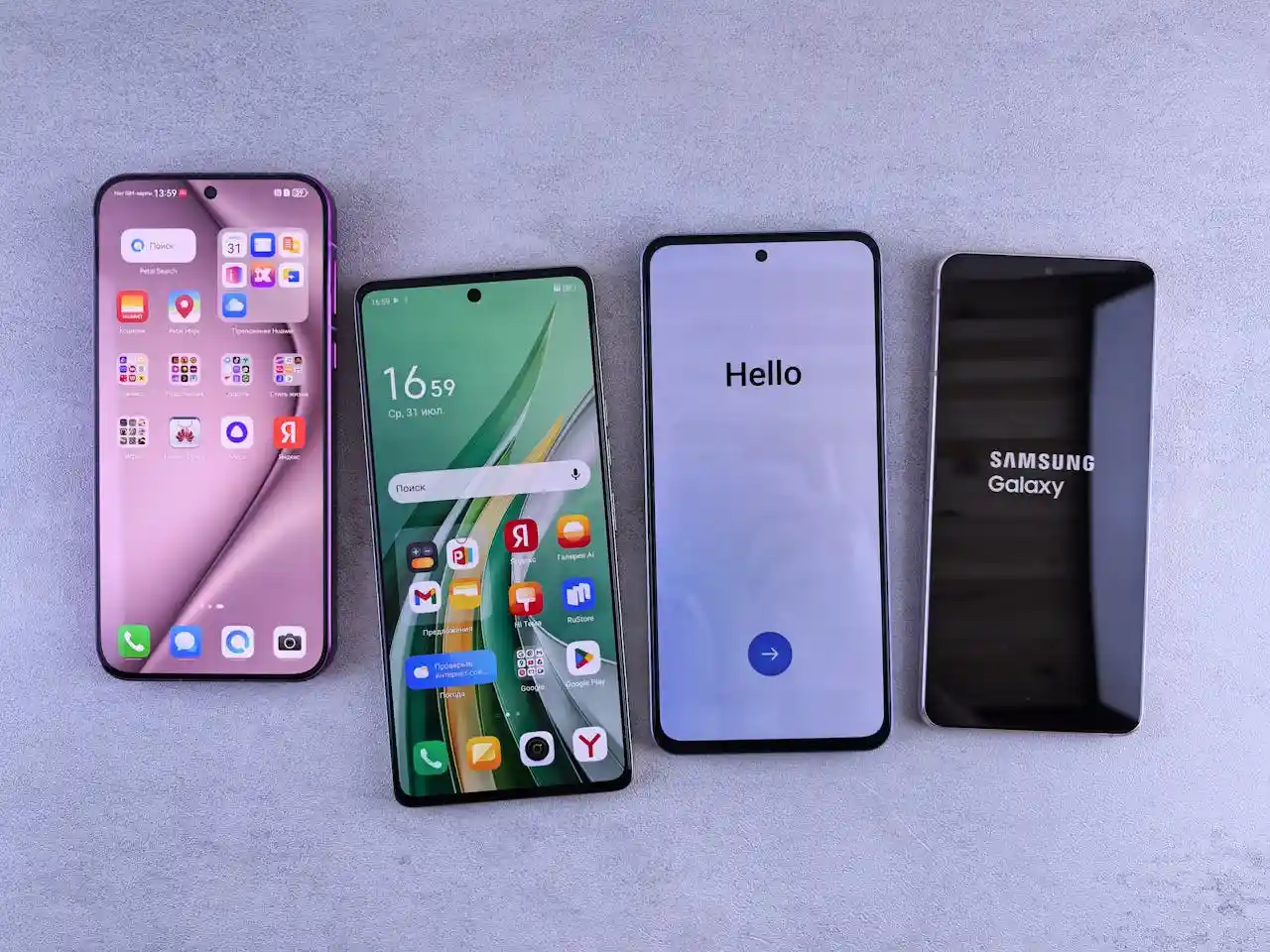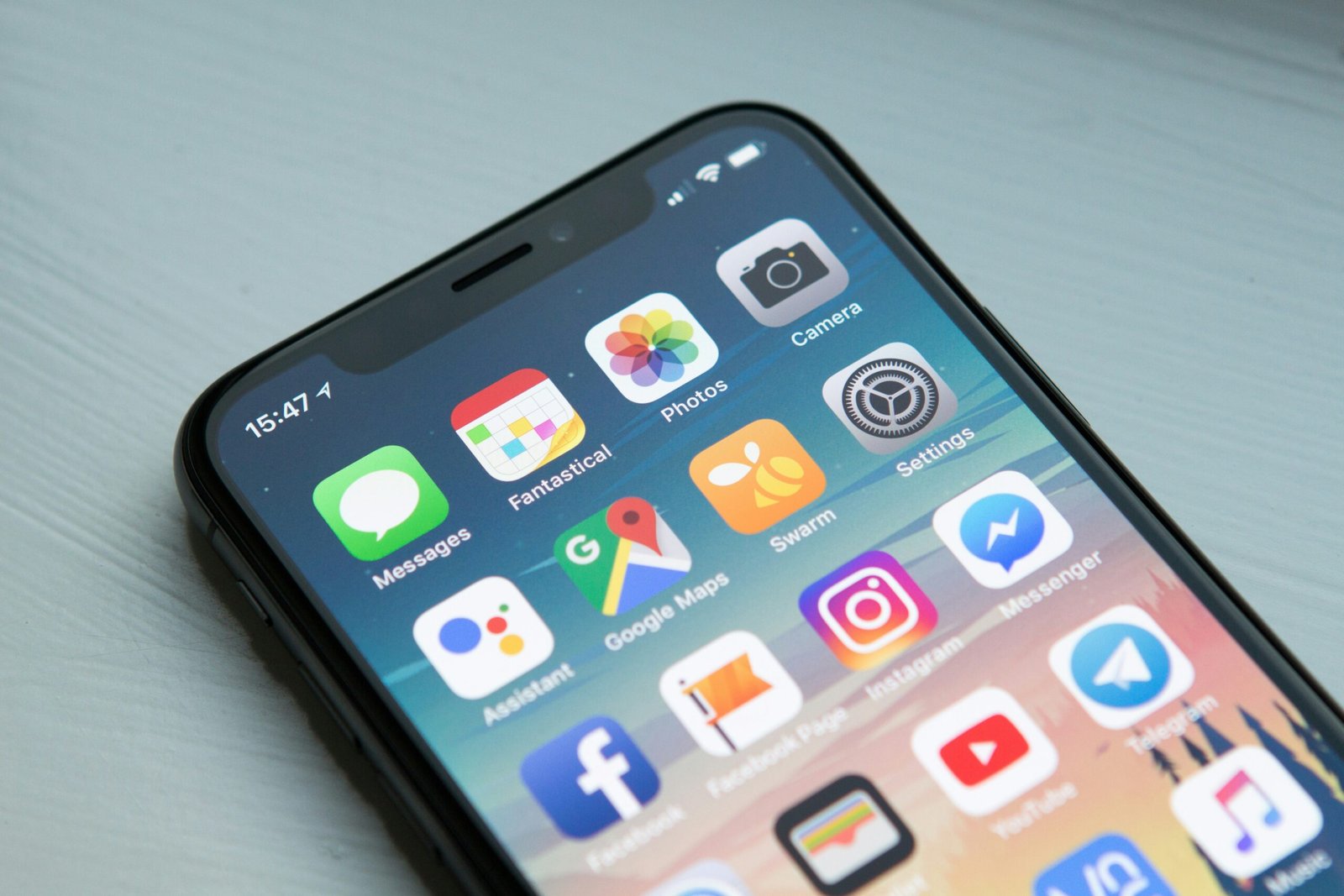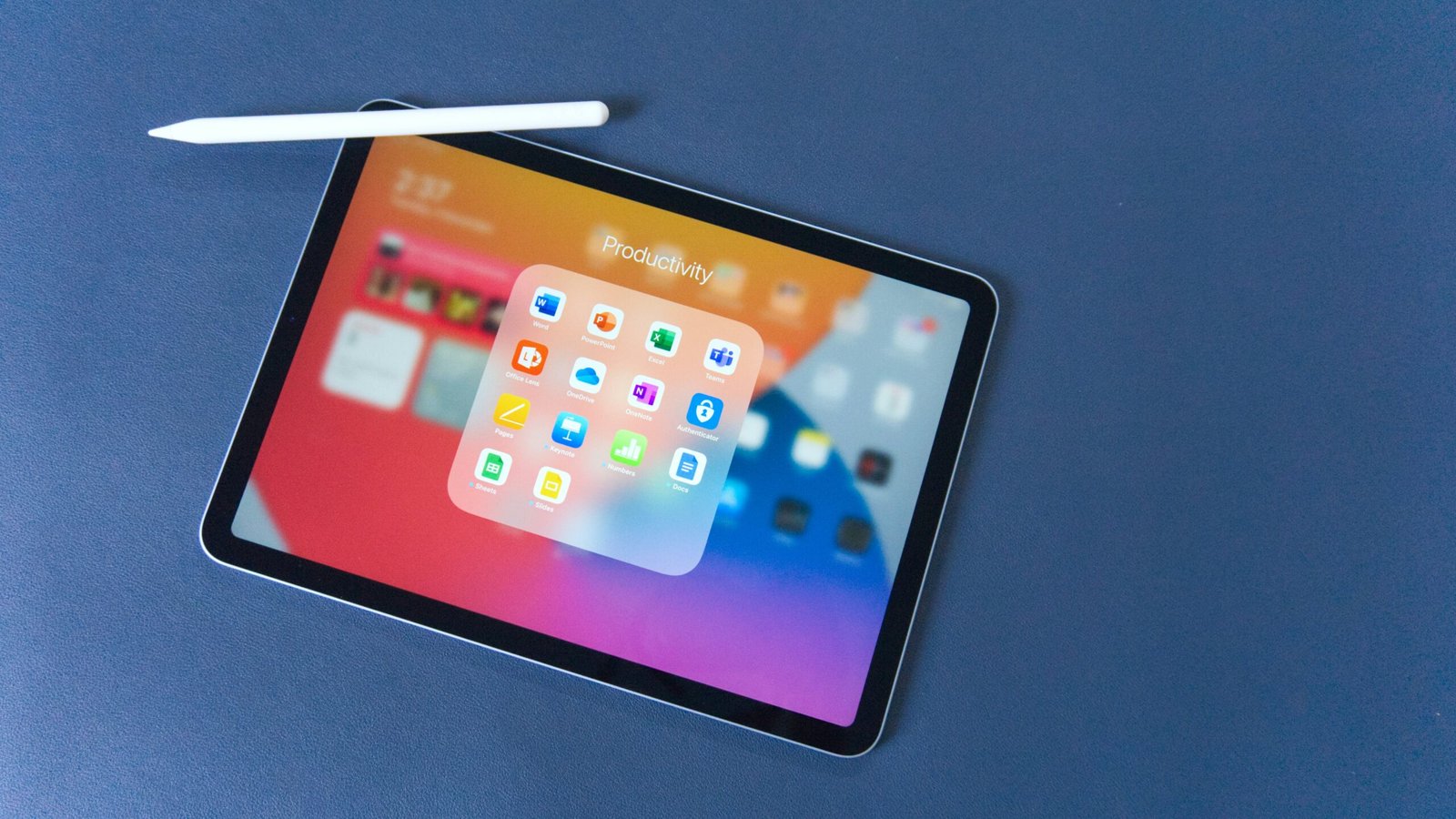Introduction to Mobile Security
In the age of digital connectivity, mobile security has emerged as a paramount concern for users across the globe. Mobile security encompasses a range of practices and technologies aimed at protecting personal and sensitive information stored on mobile devices, such as smartphones and tablets. The proliferation of mobile applications and services has heightened the need for robust security measures to safeguard against various cyber threats, including malware, phishing attacks, and unauthorized access.
As individuals increasingly rely on mobile devices for communication, banking, and social networking, the potential for security breaches has grown significantly. One significant aspect of mobile security is data protection, which focuses on safeguarding users’ personal information from being exposed or compromised. With the alarming rise in data breaches and identity theft incidents, users are becoming more aware of their digital footprints and the implications of their device’s operating system on their security.
When considering a mobile platform, it is essential to understand the differences in security features and vulnerabilities between iOS and Android. iOS, with its closed ecosystem and stringent app vetting process, touts enhanced security measures. Conversely, Android, being an open-source platform, offers greater flexibility but also presents more opportunities for security vulnerabilities. This dynamic has led to increasing concerns about privacy and the potential risks associated with selecting one operating system over another.
Ultimately, mobile security is about making informed choices. Understanding the significance of operating system choice on personal security can empower users to take proactive steps in protecting their devices and information. In the context of ever-evolving security threats, evaluating the security measures offered by iOS and Android becomes crucial for users who prioritize their privacy and data protection in 2024.
Overview of iOS Security Features
iOS, developed by Apple Inc., is known for its robust security features that prioritize user privacy and data protection. One of the cornerstone components of iOS security is the Secure Enclave, a dedicated chip embedded in Apple devices that plays a critical role in secure boot processes and encryption. This hardware security measure works independently from the main processor, ensuring that sensitive information such as biometric data, passwords, and encryption keys are isolated and protected against unauthorized access. The Secure Enclave provides a high level of assurance that user data remains secure even in the event of a device compromise.
Additionally, iOS employs a rigorous approach to software protection through mechanisms like app sandboxing. This feature ensures that applications operate in a restricted environment, limiting their access to system resources and user data. Consequently, malicious apps are unable to interfere with other apps or access sensitive information without explicit permission. By implementing such measures, iOS effectively minimizes the risk of malware and vulnerabilities that could potentially compromise user security.
Regular security updates are another significant aspect of iOS’s security architecture. Apple actively monitors for threats and vulnerabilities, providing timely updates to address any potential issues. The company’s commitment to posting security advisories and updates reflects its proactive stance on safeguarding user devices. Furthermore, the App Store review process is designed to enforce stringent security standards for apps before they become available to users, significantly reducing the chances of harmful software infiltrating iOS devices. Apple’s methodology showcases a coordinated effort to prioritize user privacy, ensuring that your data is consistently protected against emerging threats.
Overview of Android Security Features
The Android operating system, developed by Google, is equipped with a multifaceted array of security features designed to protect user data and ensure safe device operation. A cornerstone of Android’s security strategy is its regular security updates, which Google releases monthly. These updates address known vulnerabilities and enhance system defenses, ensuring that users are safeguarded against emerging threats. Manufacturers also play a crucial role; however, the timely execution of these updates can vary based on the vendor’s commitment to security.
Another significant component of Android’s security architecture is Google Play Protect. This feature provides continuous scanning of apps installed on devices to identify any malicious software. Google Play Protect actively scans over 100 billion apps per day, assessing their safety and potential risks. If a detrimental application is detected, users are promptly alerted, and the app is either quarantined or removed, thus preventing security breaches. This proactive approach helps bolster the overall integrity of the Android ecosystem, allowing users to browse and download applications with increased confidence.
The flexibility of the Android app ecosystem, while a strength, can also introduce security challenges. Users have the option to install apps from third-party sources, which is a double-edged sword. While this feature enhances user freedom and access to a broader range of applications, it also exposes devices to potentially harmful software that may bypass the Google Play Store’s stringent checks. Therefore, Android includes additional security measures, such as app permissions and device encryption, to help mitigate these risks. Despite these vulnerabilities, the combination of timely updates, robust protection measures, and a vigilant user base enhances Android’s capacity to defend against prevalent threats in the constantly evolving landscape of mobile security.
Privacy Policies: Apple vs. Google
The privacy policies of technology companies have become essential factors for users when choosing between mobile operating systems. In this regard, Apple and Google present distinctly different approaches toward user data management, transparency, and compliance with global privacy regulations. Apple has long positioned itself as a champion of privacy, implementing strict policies that minimize data collection and prioritize user control. Their privacy framework includes features like app tracking transparency, which requires apps to request user permission before collecting data, effectively putting users in charge of their information.
Conversely, Google’s business model largely relies on data collection for targeted advertising. While Google has made strides in enhancing user privacy—such as offering more transparent data management tools and options to limit tracking—its approach remains fundamentally different from Apple’s. Google provides users with the ability to manage and delete their data stored in various services, yet concerns persist about the extent of data collected and how it is utilized.
Both companies are influenced by global privacy regulations such as the General Data Protection Regulation (GDPR) in Europe. Apple’s compliance appears more robust, as the company frequently emphasizes its commitment to safeguarding user information. For example, Apple has enacted policies that make it clear how user data is handled, often providing straightforward summaries that reinforce their stance on privacy. Google, while also compliant, faces criticism over complexities in its privacy policies, making it difficult for users to fully grasp data usage terms.
While each company continues to evolve its policies in response to user concerns and regulatory requirements, the implications of these approaches are significant for consumers. Those prioritizing privacy may find Apple’s stringent measures more appealing, whereas users who appreciate personalized experiences derived from data might favor Google’s offerings. Thus, understanding these differences is crucial for users concerned about privacy when choosing between iOS and Android in 2024.
User Control and Customization
When evaluating the security features of iOS and Android, one of the essential factors to consider is the degree of user control and customization available within each operating system. Apple’s iOS adopts a more restrictive approach when it comes to user access, prioritizing security and a controlled environment. This operating system is designed with a closed ecosystem that limits the ability to modify system settings or perform extensive customizations. Users cannot easily install applications from outside the Apple App Store, which mitigates the risk of encountering potentially malicious software. This built-in security measure appeals to many users who prefer a straightforward, secure experience with minimal risk.
Conversely, Android provides users with greater freedom and flexibility regarding control and customization. Users can modify security settings to a greater degree, including the ability to install third-party applications from various app stores. This flexibility enables technically savvy individuals to tailor their devices to suit their specific needs, allowing them to utilize a wider range of security applications that may not be available through official channels. However, this increased freedom also presents certain risks. For instance, the ability to download applications from unknown sources can expose users to malware or less reputable software. Therefore, while Android’s customization capabilities can be an advantage, they require a higher level of security awareness from users.
Ultimately, the choice between the two operating systems boils down to how users prioritize control and customization against the inherent security benefits of a more restricted environment. Users of iOS may find peace of mind in its tight security measures, while those who prefer the flexibility of Android must balance their desire for control with the responsibilities that come with it. Understanding these differences is crucial for users looking to choose an operating system that aligns with their security preferences and needs.
Third-Party App Ecosystem Security
The security of third-party apps within both iOS and Android ecosystems presents a compelling contrast that warrants careful consideration. Apple’s iOS is distinguished by its stringent App Store guidelines, which mandate thorough vetting and security checks of all applications before they are made available to users. This rigorous approval process significantly reduces the potential for malware infiltration, making iOS devices generally more secure regarding third-party applications. Users benefit from the assurance that apps hosted on the App Store have undergone comprehensive scrutiny, effectively shielding them from numerous security threats.
On the other hand, the Android platform, characterized by its open-source nature and flexibility, allows users to install applications from various sources, including third-party app stores. This openness fosters a rich diversity of applications but simultaneously increases the exposure to security risks. While Google maintains the Google Play Store with its own set of security measures, the reality is that many users download apps from unverified sources, which may not implement equivalent security practices. This opens the door to the potential for malicious software that can compromise user data and device integrity.
Moreover, the prevalence of malware in the Android ecosystem is a significant concern. Statistics indicate that a considerable portion of malware targeting mobile devices is aimed at Android applications, highlighting the need for users to adopt vigilant security practices. Consequently, Android users must be proactive in ensuring app sources are trustworthy and be wary of permissions that apps request during installation. The variances in the app ecosystems of iOS and Android showcase how different policies and practices impact user security, positioning iOS as the more secure option for cautious users when it comes to third-party applications.
Recent Security Breaches and Responses
In recent years, both iOS and Android have faced notable security breaches that have raised concerns regarding the safety of user data. One significant incident occurred in early 2023, when a vulnerability was discovered in Apple’s iOS that exposed users to potential malware attacks. This vulnerability allowed malicious actors access to sensitive personal information through compromised third-party applications. Apple’s response was swift; they released an urgent security update rectifying this flaw within days of its discovery, underscoring their commitment to user security.
On the other side, Android’s ecosystem has also been plagued by security challenges. In mid-2023, a widespread attack targeted several popular apps available on the Google Play Store. This attack exploited a zero-day vulnerability that could potentially compromise user accounts and access confidential data. Google responded by enhancing their Play Protect security measures and taking down the affected apps promptly. Furthermore, they implemented stricter guidelines for app developers to ensure that such vulnerabilities could be mitigated in the future.
The public’s reaction to these breaches varied, with some users expressing concerns regarding their choice of operating system. While Apple’s prompt response to its iOS vulnerability received praise, the incident raised questions about the overall security of third-party apps. Similarly, the Android attack highlighted the ongoing threat landscape for its users, prompting Google to reassure their user base about their commitment to app safety and security enhancements.
In the aftermath of these breaches, both companies have recognized the importance of continuous improvement. Apple has introduced additional layers of security within its App Store to prevent future incidents, while Google expanded its efforts in educating users about potential risks associated with third-party applications. These proactive measures aim to fortify the security frameworks of both iOS and Android, ultimately enhancing user trust in these platforms.
Expert Opinions on iOS vs. Android Security
The discussion regarding the security features of iOS and Android platforms has garnered attention from cybersecurity experts and industry analysts alike. A consensus has yet to be established, as opinions diverge based on various factors such as design, user behavior, and update management. Experts often remark on iOS’s stringent control over its ecosystem, which is frequently cited as a contributing factor to its security robustness. For instance, Jane Smith, a well-respected cybersecurity analyst, emphasizes that “Apple’s walled garden approach allows for fewer vulnerabilities to be exploited compared to the more open nature of Android.” This perspective highlights how the tightly integrated hardware and software environment provided by Apple minimizes the attack surface available to cybercriminals.
On the other hand, Android’s flexibility and customization options also attract favorable opinions from experts who advocate for user control over security settings. John Doe, a leading security researcher, comments that “Android devices, when properly configured, can offer a comparable level of security to iOS, especially with the evolution of security features such as Google Play Protect and regular security updates.” This observation suggests that the level of security can be tailored based on user diligence, but it also raises concerns about the inconsistencies in update availability across different manufacturers.
Moreover, analysts point out the importance of user education and awareness in determining overall security outcomes. Experts agree that regardless of the operating system, uninformed users may inadvertently compromise their security through poor practices. Cybersecurity consultant Emily White states that “the efficacy of any security matrix is heavily reliant upon the user’s actions; thus, awareness programs are critical in enhancing mobile security across both platforms.” This highlights how human factors significantly influence the security landscape for users of both iOS and Android. Ultimately, while both systems have strengths and weaknesses, it remains essential for users to stay informed and adopt best practices for maximum protection.
Conclusion: Which System is More Secure in 2024?
As we analyze the landscape of mobile operating systems in 2024, it becomes evident that both iOS and Android present unique advantages and challenges in terms of security. iOS, developed by Apple, is recognized for its stringent control over its ecosystem, including a rigorous app review process and a uniform update schedule that ensures all devices receive critical security patches promptly. This makes it a reliable choice for general consumers and professionals who prioritize security and data privacy. Additionally, iOS incorporates advanced features such as end-to-end encryption and hardware-based security modules, which further enhance its protective measures.
Conversely, Android, while often perceived as more vulnerable due to its open-source nature, has made significant strides in security over the years. Google’s approach to security, which includes regular updates through the Google Play Protect framework and enhanced permission controls, has increased the security posture of various Android devices. Furthermore, manufacturers are introducing innovative security features tailored to meet the demands of a diverse user base, which includes enterprise solutions designed for professionals in sensitive fields.
Choosing the more secure system ultimately hinges on the user’s specific needs and operating environments. General consumers might opt for iOS due to its user-friendly security mechanisms and seamless updates. However, for users who prioritize customization and flexibility, smartphones powered by Android can provide robust security features when configured correctly.
In summary, both iOS and Android have their strengths in security for 2024. Users must consider their individual usage patterns, the types of data they handle, and their willingness to manage security settings proactively when selecting the operating system that best meets their needs. By understanding these elements, users can make informed choices about the security of their mobile devices, balancing convenience with protection.




